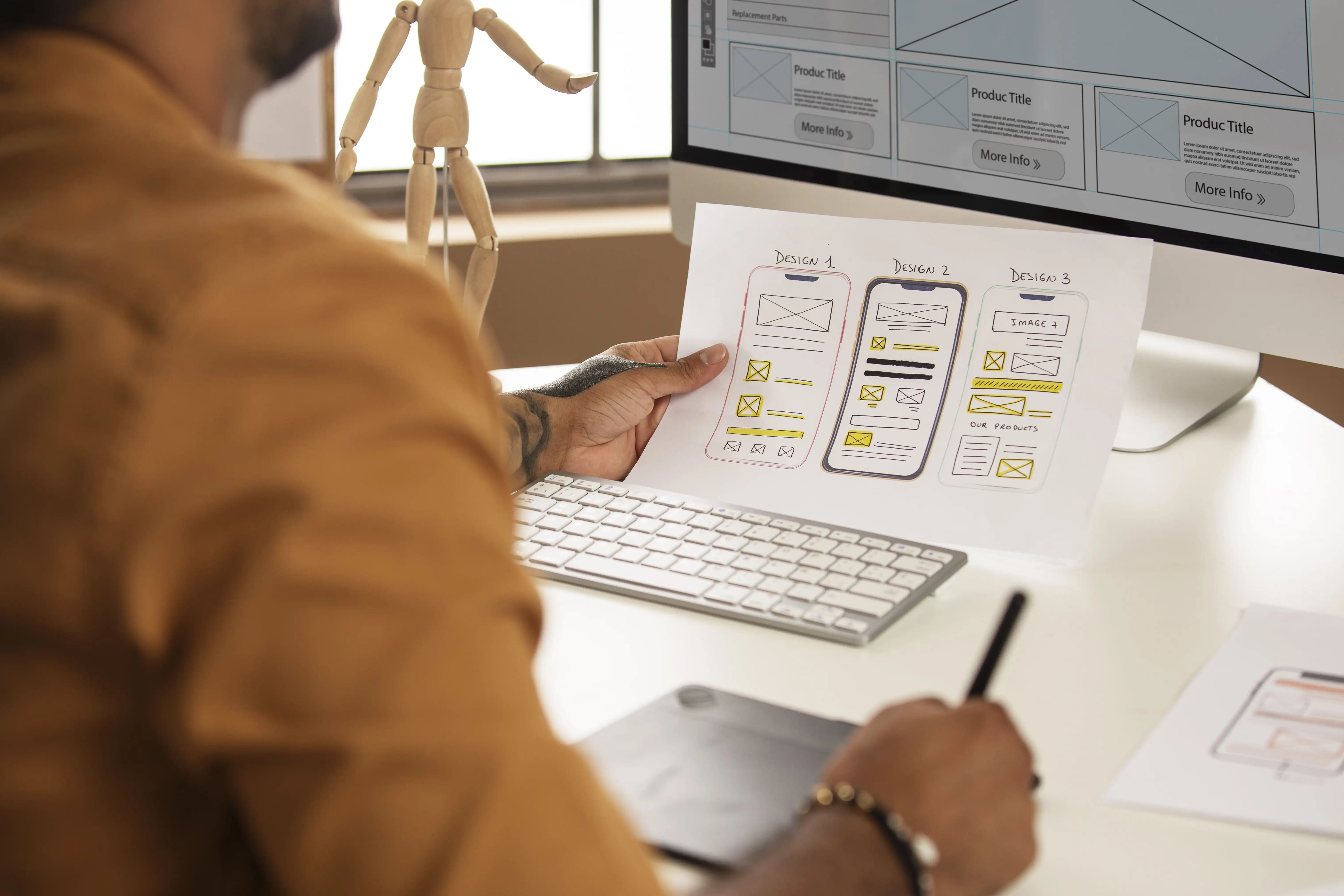In the development of any application or software, Product specification, wireframes, and prototype are important components, and they help to ensure that the final product meets the needs of its users.
A product specification (spec) is a detailed document that outlines the requirements, features, and functionality of the product. It includes information about the product’s target audience, design and branding guidelines, user interface, and any technical specifications or constraints.
A wireframe is a visual representation of the product’s layout, which includes the user interface elements, content, and navigation. It is essentially a blueprint of the product’s design, showing how different elements of the product will be arranged on the screen.
A prototype is a preliminary version or sample of the product that demonstrates its functionality and user experience. It is typically interactive and can be used to test and validate the product’s design and functionality.
The relationship between these three components is as follows:
• The spec provides the overall requirements and goals for the product.
• The wireframe takes the requirements outlined in the spec and turns them into a visual representation of the product’s design.
• The prototype is then created based on the wireframe to demonstrate the product’s functionality and user experience.
Coming to a more detailed discussion of prototype
In the app development process, a prototype is an important evaluation stage that allows developers to test and refine the app’s design, functionality, and user experience before investing significant time and resources into full-scale development.
By creating a prototype, developers can quickly and easily experiment with different design ideas and user interface elements to determine what works best for the app’s intended users. This can help to identify any issues or challenges early in the development process, allowing them to be addressed before full-scale development begins.
A design prototype is a preliminary version or sample of a product’s design that is used to test and validate its aesthetics, functionality, and user experience. It is a basic representation of the product that can be used to evaluate the design and identify any areas for improvement.
Creating a prototype can save time and resources in the long run, as it helps to ensure that the final product meets the needs and expectations of its users. By testing and refining the app’s design and functionality in a prototype, developers can create a better user experience, reducing the likelihood of user frustration or dissatisfaction with the final product.
Design prototyping is important for several reasons.
• It allows designers to visualize their ideas and test their designs before the final product is developed. This can help them identify any design flaws or inconsistencies and make changes before the product goes into production.
• A design prototype can be used to gather feedback from stakeholders and end-users. By sharing the prototype with potential users and asking for their feedback, designers can gain valuable insights into how people are likely to interact with the product, what they like and dislike about the design, and what features or functions are most important to them.
• A design prototype can be used to showcase the product to investors or clients. A highquality design prototype can help stakeholders visualize the product and its potential, making it more likely that they will invest in the product or sign off on the final design.
At Vhigna, we possess significant expertise in producing prototypes for validating concepts. Learn about our approach to developing mobile application prototypes, which we divide into distinct phases that enable us to tailor our services to each client and deliver fully personalized digital solutions.




